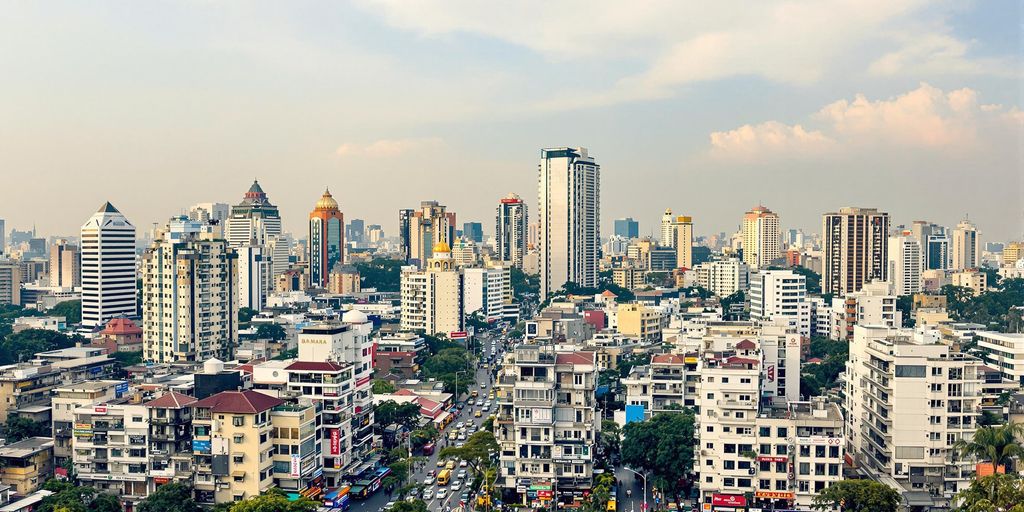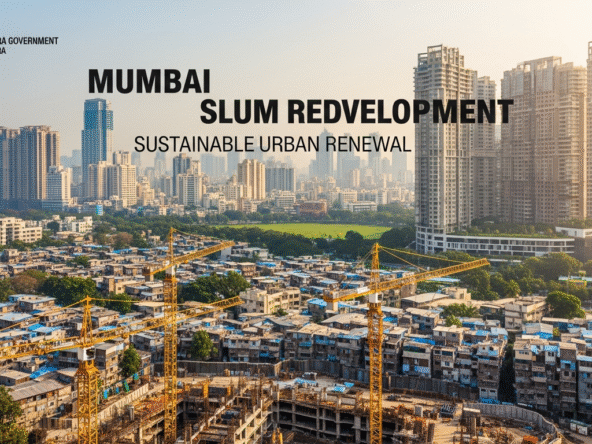Mumbai has made headlines in 2024 with a remarkable surge in property registrations, reaching over 1.41 lakh. This marks the highest number in 13 years, showcasing the city’s resilience in the real estate market despite global economic challenges.
Key Takeaways
- 1.41 lakh property registrations in 2024, an 11% increase from 2023.
- 80% of registrations were for residential properties.
- Market share for properties under 50 lakhs dropped from 30% to 25%.
- Premium housing segment (2 CR and above) saw a rise to 23% of total registrations.
- Western and Central suburbs contributed to 86% of the market share.
Record-Breaking Registrations
In 2024, Mumbai’s real estate market wrapped up with a staggering 1.41 lakh property registrations. This figure is 11% higher than the 1.26 lakh properties registered in 2023. According to a report by Knight Frank, this is the highest number of registrations in 13 years. The trend indicates a strong and sustained demand for real estate in Mumbai, even amidst global economic uncertainties.
Breakdown of Registrations
The report highlights that 80% of the registrations were in the residential segment, while the remaining 20% were for non-residential assets. Here’s a quick look at the registration numbers over the past few years:
| Year | Property Registrations |
|---|---|
| 2024 | 1.41 lakh |
| 2023 | 1.26 lakh |
| 2022 | 1.22 lakh |
| 2021 | 1.11 lakh |
| 2020 | Under 1 lakh |
Shift in Buyer Preferences
Interestingly, the market share of properties priced under 50 lakhs has seen a decline, dropping from 30% in 2023 to 25% in 2024. This shift suggests that buyers are increasingly leaning towards higher-value properties. The premium housing segment, particularly properties priced at 2 CR and above, accounted for 23% of total registrations in December 2024, up from 18% in December 2023. This indicates a growing preference for luxury homes among buyers.
Regional Insights
When looking at the geographical distribution of these registrations, the Western and Central suburbs maintained their dominance, contributing to 86% of the total market share. Notably, the Central suburbs saw a surge in their share from 29% to 33%, driven by increased supply and heightened interest from end users. On the other hand, the Western suburbs experienced a slight decline, dropping from 57% to 53%.
Conclusion
The data from 2024 paints a promising picture for Mumbai’s real estate market. With record registrations and a noticeable shift towards premium properties, it seems that the city is not just recovering but thriving in the face of economic challenges. As buyers continue to seek higher-value assets, the landscape of Mumbai’s real estate is evolving, reflecting changing preferences and market dynamics.





